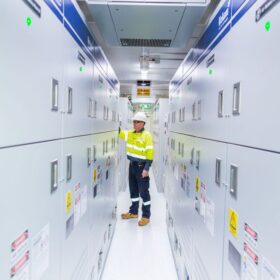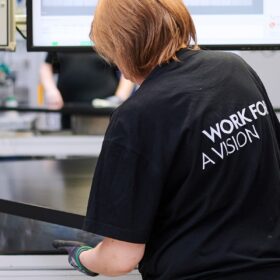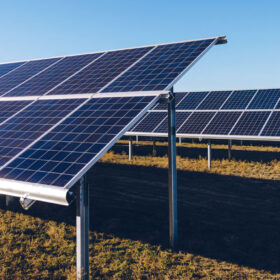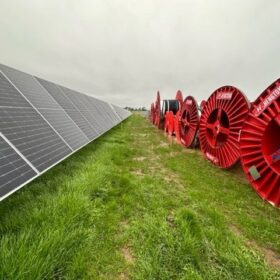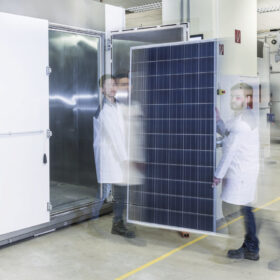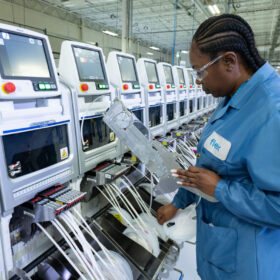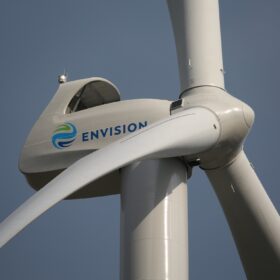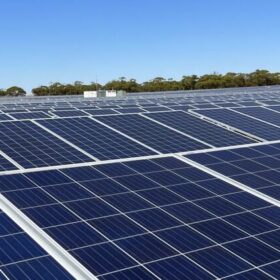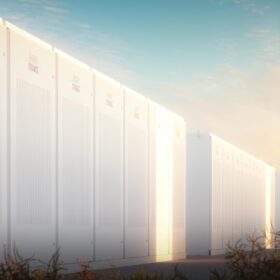Alinta plans big battery to support WA energy transition
Power utility Alinta Energy is progressing the development of a 100 MW/200 MWh big battery at Wagerup in southwest Western Australia that it says will provide support for the state’s main grid and facilitate the increased penetration of renewable energy.
Meyer Burger shifting focus to US market
Switzerland-based manufacturer Meyer Burger is now prioritising the establishment of new module and cell production facilities in the United States, driven by favourable market conditions in the country.
CEFC warns more needed after record investment in renewables
The Australian government’s green bank has invested a record $1.2 billion (USD 770 million) in large-scale renewables projects in the past financial year but has warned “a lot more” needs to be done to reach 82% renewables by 2030.
Cimic subsidiary snaps up 250 MW Queensland solar project
Cimic Group subsidiary Pacific Partnerships has added a second large-scale solar project to its portfolio having purchased the development rights for the 250 MW Hopeland Solar Farm planned for southwest Queensland.
China plans recycling system for wind turbines, solar panels
China will introduce technical standards and policies for the wind and solar industries to recycle their decommissioned equipment by 2030.
Solar Citizens calls for more electric utes to help regional Australia
Following a six-month roadshow in an electric ute, Solar Citizens has a five-point plan to make electric vehicles (EVs) more attractive to people in regional and rural areas.
Over 155 GW of U.S. solar manufacturing announced in one year
The United States has begun to reshore its energy supply chain one year after the passage of the Inflation Reduction Act.
Brookfield teams with Envision on Australian renewable energy push
Brookfield Asset Management has inked a deal with Chinese multinational Envision Group to explore opportunities for manufacturing of clean energy equipment in Australia to support its plan to develop up to 14 GW of renewable generation and storage facilities in the country within the next decade.
Genex reaches construction milestone on 2 GWh pumped hydro project
The first pumped hydro energy storage project to be delivered in Australia in 40 years is on track for energisation in 2024 with developer Genex Power announcing that the Kidston pumped hydro project is now more than halfway through construction.
Atmos adds 112 MW solar farm to renewables portfolio
Australian clean energy outfit Atmos Renewables has acquired the 112.5 MW Karadoc Solar Farm in northwest Victoria after striking a deal with German-headquartered renewable energy developer BayWa r.e..
